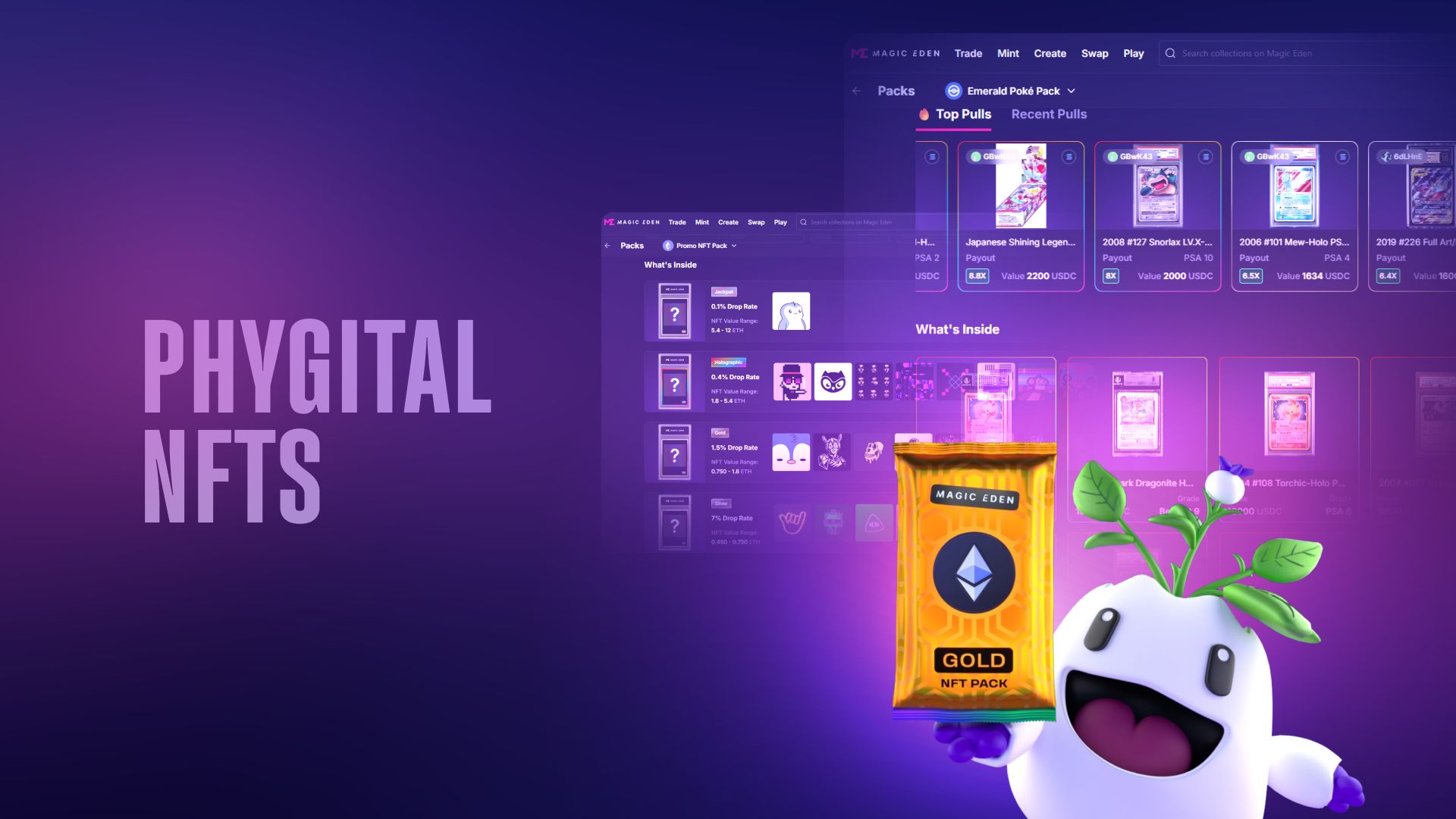
Save Bitcoin transaction fees by understanding UTXO (unspent transaction outputs)! This guide defines what UTXOs are, how they are created, and how you can manage UTXOs to limit transaction costs and keep more Bitcoin. We also break down UTXO model benefits, particularly in reference to the Bitcoin Ordinals ecosystem.
UTXO stands for Unspent Transaction Output. The UTXO is the amount of cryptocurrency you retain after a transaction. Bitcoin famously uses the UTXO model to manage all transactions.
In a cryptocurrency transaction, there are inputs and outputs. Inputs are the sources of funds (previously received transactions), while outputs are the destinations where the funds are going. When you make a transaction on Bitcoin, you spend the UTXOs in your account.
Each output from a previous transaction can be in one of two states - spent or unspent. If it hasn't been used in any subsequent transactions, it's considered unspent. Conversely, once an output has been used in a transaction, it becomes spent.
UTXOs are the unspent outputs of previous transactions. They represent the cryptocurrency that a user possesses and can use in future transactions.
UTXOs can only be created with coinbase transactions. Coinbase transactions occur when a new block is mined, creating new UTXOs iwthout prior inputs.
The amount of data required to process a Bitcoin transaction will determine the Bitcoin transaction fees. UTXOs directly change the data in two ways.
First, the number of UTXOs required as inputs will change the data processing requirement. It is more costly to process a thousand small UTXO vs a single, larger one.
The second factor is the size of the UTXO.
In the Bitcoin UTXO model, the order in which UTXOs (Unspent Transaction Outputs) are spent follows a "First In, First Out" (FIFO) approach by default. This means that the UTXOs received earliest are spent first when initiating a transaction. When a user creates a Bitcoin transaction, it selects UTXOs to cover the transaction amount, including fees. Any excess value from these UTXOs is returned as a new UTXO, which also adheres to the FIFO rule.
It is important to note that some advanced Bitcoin and Ordinal wallet software allows users to manually select which UTXOs to spend, offering more flexibility in determining the order of UTXO spending. This is particularly important when considering Ordinal theory.
Ordinal Theory is a method for uniquely labeling every satoshi, the smallest unit of the Bitcoin currency, with a distinct number. With Bitcoin having a total supply of 21 million (or 2.1 quadrillion satoshis), these numbers are assigned in the order they are mined. When a new block is mined, new satoshis with unique numbers are created.
With the UTXO model, you can track the Ordinal number for each satoshi. Leveraging the existing UTXO model in Bitcoin is what separates Ordinals and Runes from other approaches.
Like Ordinals, Runes leverage UXTOs. Unlike Ordinals, Bitcoin Runes are interchangeable (fungible) tokens.
Sometimes, the output UTXOs you receive are so small that their value is lower than the transaction fees required to use them. You increase the risk of accumulating Bitcoin dust when you receive small amounts of Bitcoin.
Understanding UTXOs is crucial for several reasons:
In summary, a UTXO, or Unspent Transaction Output, is a foundational concept in blockchain technology, particularly in cryptocurrencies like Bitcoin. It represents the unspent funds from previous transactions, which users can utilize in new transactions. Understanding UTXOs is essential for secure, transparent, and efficient blockchain operations. Now that you have a grasp of this concept, you're better equipped to navigate the fascinating world of cryptocurrencies and blockchain technology.
Imagine you have three UTXOs:
You want to send 0.4 BTC to a recipient. To make this transaction, you use UTXO1 (0.2 BTC) and a portion of UTXO2 (0.2 BTC) to create a new UTXO for the recipient, totaling 0.4 BTC.
You also create a change UTXO for yourself from the remaining portion of UTXO2. Since you used 0.2 BTC from UTXO2 for the recipient, you have 0.1 BTC left from UTXO2 as change.
Here is a detailed breakdown of the inputs and outputs:
From
UTXO
Amount
Your Address
UTXO3
0.2 BTC



The information provided on this website is provided for general educational purposes only and is in no way financial or investment advice. Certain information may have also been provided to us or prepared by third parties; these materials are provided for convenience and are not an endorsement by Magic Eden. Magic Eden is not liable for any errors, changes or amendments to such information, including any actions taken in reliance on such information.


